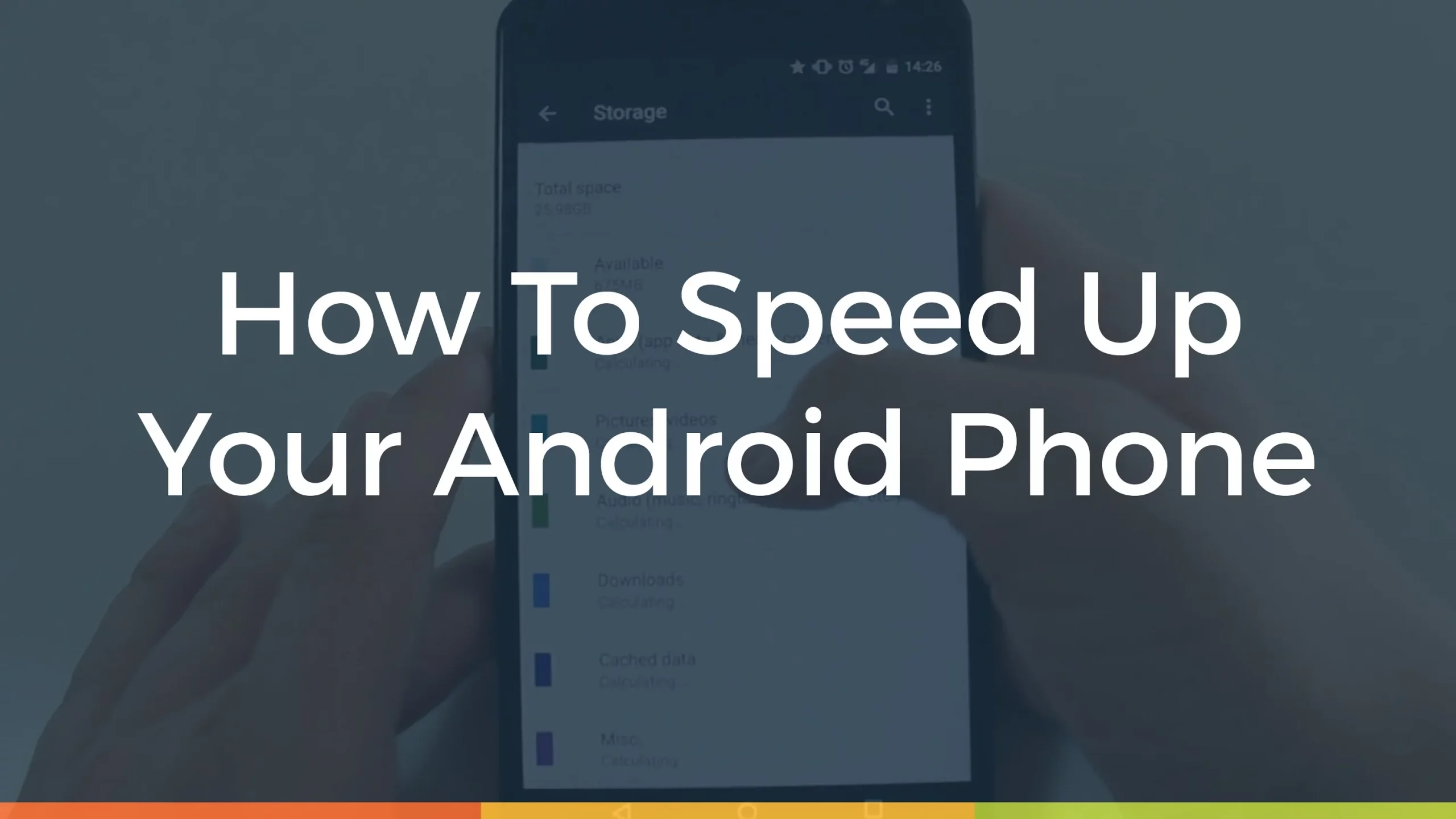Android is the most customizable operating system on a smartphone, however, not always the smoothest. There’s a reason the iPhone works flawlessly with 1-2 GB of RAM and Android devices with the same amount of RAM. Android, as an operating system, is much heavier than iOS and although Google tries hard every year to reduce the overall size, most of the budget and mid-range devices last without interruption for 6 months after purchase.
Also, where Google does its part to reduce the overall size, OEMs like Samsung, LG, Huawei stick an extra layer on top of them, which ultimately slows down the device over time. No problem, we have some tips for you that will help you speed up your device.
Developer Options

Now, this is where things get interesting. Starting with Android 4.2 Jelly Bean, Google added a secret menu called ‘Developer Options’ to Settings. To enable this, go to Settings > About Phone > Build Number and tap on ‘Build Number’ 5-6 times until you see the message ‘You are now a developer’. Post this, go to Settings and you will now see a new menu called ‘Developer Options’ at the bottom.
Windows and transition animation

It won’t really increase the performance of your device but it will be much faster than before. Go to Settings > Developer Options (see above to enable this) > Window Animation Scale. By default, we assume it will be 1x on your device. Change it to 0.5x. Also, do the same for Transition Animation Scale and Animator Duration. If you really don’t want to compromise on speed, you can disable window and transition animation size.
Background process limitation

Within the developer options, you will get another option named ‘Background Process Limit’ at the bottom. To explain, the background process limit limits the number of processes running in the background. Tapping on the option will give you the option to choose from – No Background Processes – Max, 1 Process – Max, 2 Processes – Max, 3 Processes – Max, 4 Processes. In other words, the less processes your device runs in the background, the more memory it needs to run other tasks, thus, making your device smoother than before.
